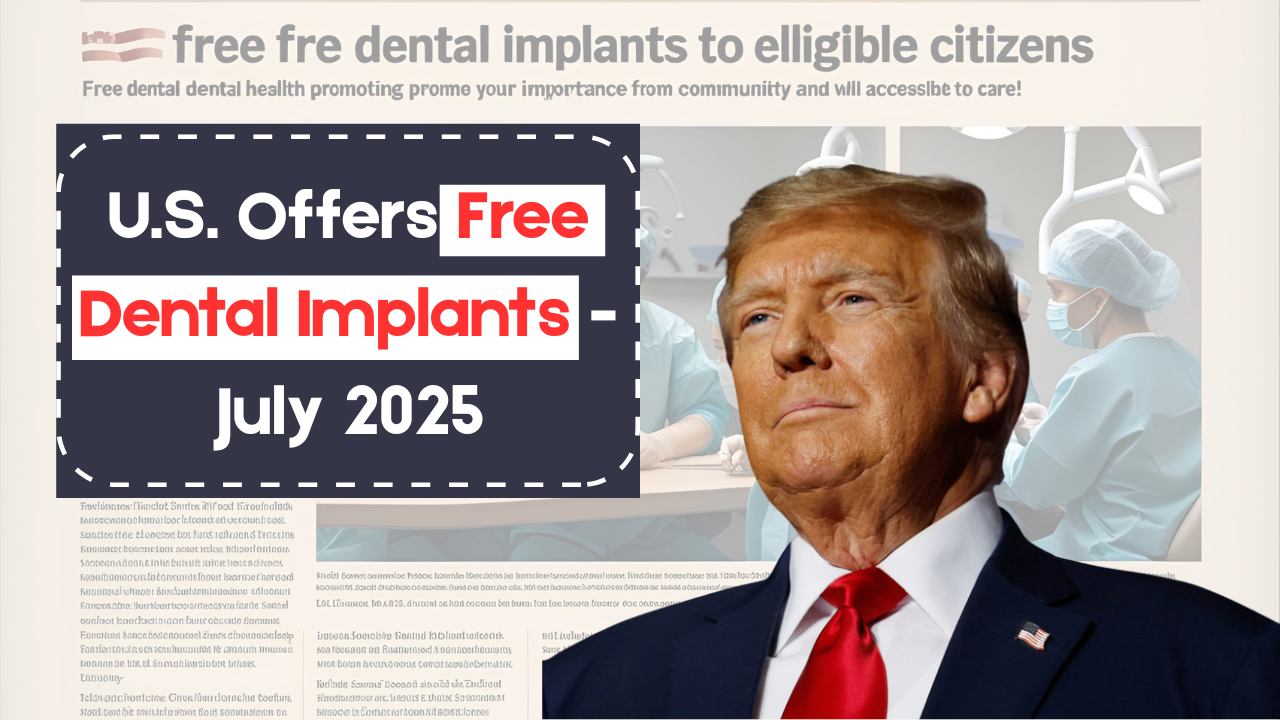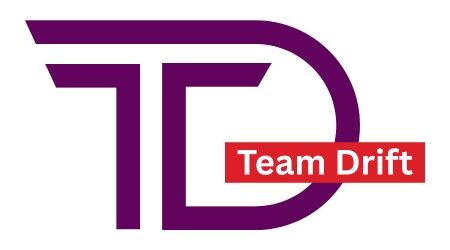Dental implants can be life-changing—but their cost is often out of reach for many Americans without insurance. In 2025, various government-backed programs and non-profit initiatives are stepping up to offer free or subsidized dental implants to eligible low-income individuals, seniors, veterans, and people with disabilities. If you’re struggling with missing teeth and can’t afford the treatment, here’s how you might qualify for assistance through free dental implant grants in the U.S.

Shocking But True: U.S. Offers Free Dental Implants to Eligible Citizens!
Why Dental Implant Costs Are a Barrier
Dental implants are among the most advanced tooth replacement options available today. They offer a permanent solution and a natural look, but that quality comes at a price.
- Average Cost of a Single Dental Implant: $3,000 – $5,000
- Full Mouth Implants (All-on-4 or All-on-6): $25,000 – $60,000
- Bone Grafts or Additional Procedures: $500 – $3,000 extra
These costs are rarely covered by standard insurance policies, and for many Americans, that means going without much-needed dental care. That’s where government grants and assistance programs come in.
Are There Really Free Government Grants for Dental Implants?
While there is no single nationwide program titled “Free Dental Implant Grant,” there are federally funded and state-sponsored programs that help eligible individuals access dental care at little to no cost. These programs often work in partnership with:
- State health departments
- Medicaid or Medicare (in limited cases)
- Veterans Affairs (VA)
- Federally Qualified Health Centers (FQHCs)
- Non-profit organizations and dental schools
Let’s explore the most common options available.
Programs That Help Pay for Dental Implants in the U.S.
1. Medicaid (State-Specific Coverage)
Medicaid is a joint federal and state program that may cover dental implants in some states, especially if deemed medically necessary. For example, if missing teeth impair a person’s ability to eat or speak, coverage may be considered.
Eligibility: Low-income families, people with disabilities, and seniors
Tip: Check with your state Medicaid office to confirm whether implant coverage is offered.
2. VA Dental Benefits
Veterans who qualify for Comprehensive Dental Benefits through the Department of Veterans Affairs may receive dental implants at no cost if they are medically necessary.
Eligibility: Honorably discharged veterans with service-connected dental conditions or 100% disability
Apply via: VA.gov
3. Health Resources and Services Administration (HRSA) Clinics
HRSA supports a network of low-cost or free dental clinics across the U.S. These clinics may not always offer implants, but they provide referrals and subsidized treatment plans.
Eligibility: Income-based, uninsured, or underinsured individuals
Find a clinic: FindHRSA.gov
4. Dental Schools Offering Implant Programs
Many accredited dental schools across the country offer low-cost dental services performed by supervised students. Some schools also partner with clinical trials or grant-funded programs that provide implants either for free or at a reduced rate.
Examples:
- University of Michigan School of Dentistry
- NYU College of Dentistry
- University of California, San Francisco (UCSF)
5. The Dental Lifeline Network (Donated Dental Services)
This national non-profit offers completely free dental services, including implants when medically necessary, to seniors, veterans, and disabled individuals who cannot afford care.
Eligibility: Age 65+, disabled, or medically fragile
Website: dentallifeline.org
6. Clinical Trials and Research Studies
Some universities and research institutions conduct dental implant studies where participants may receive implants at no charge in exchange for taking part in clinical research.
Search at: ClinicalTrials.gov
How to Apply for Free Dental Implant Assistance
- Check State Medicaid Guidelines – Search for your state’s dental coverage rules under Medicaid.
- Contact Local Health Departments – Ask about free or subsidized dental services in your area.
- Visit FQHC Clinics or HRSA Centers – Apply for income-based treatment.
- Reach Out to Dental Schools – Inquire about low-cost implant programs or upcoming research studies.
- Apply Through Non-profits – Submit applications to organizations like Dental Lifeline Network.
Tips to Improve Your Chances of Getting Help
- Document your medical need: Emphasize how missing teeth affect your eating, health, or mental well-being.
- Gather income proof: Most grants and free programs require proof of financial hardship.
- Be persistent and follow up: Demand often exceeds supply, so staying proactive can make a difference.
Final Thoughts: Don’t Let Cost Stop You from Smiling Again
Dental implants can dramatically improve your quality of life, but they don’t have to cost a fortune. With a bit of research and the right application process, you could receive free or highly subsidized dental implant treatment through one of the many programs available in the U.S.
If you’re living with missing teeth and financial constraints, now is the time to explore your options and apply. A healthier, brighter smile may be closer—and more affordable—than you think.
